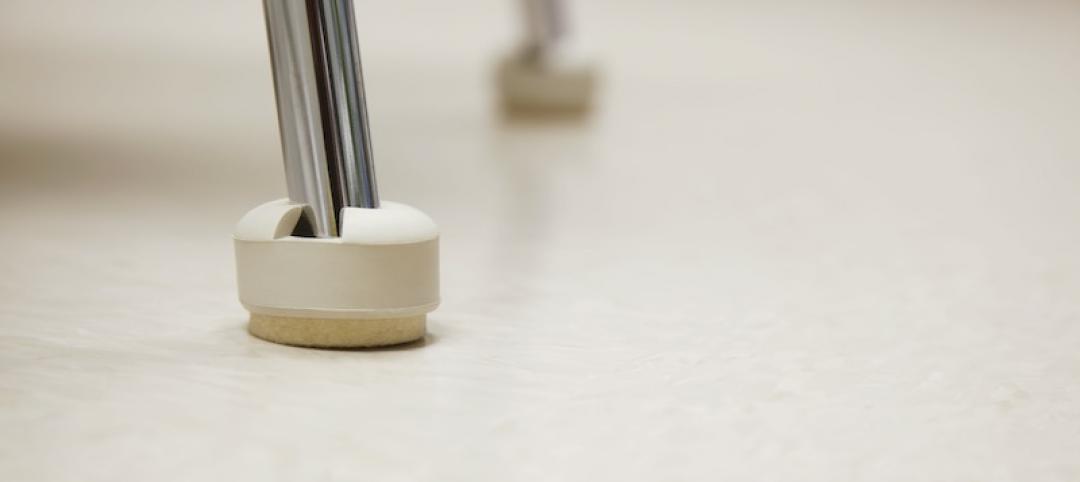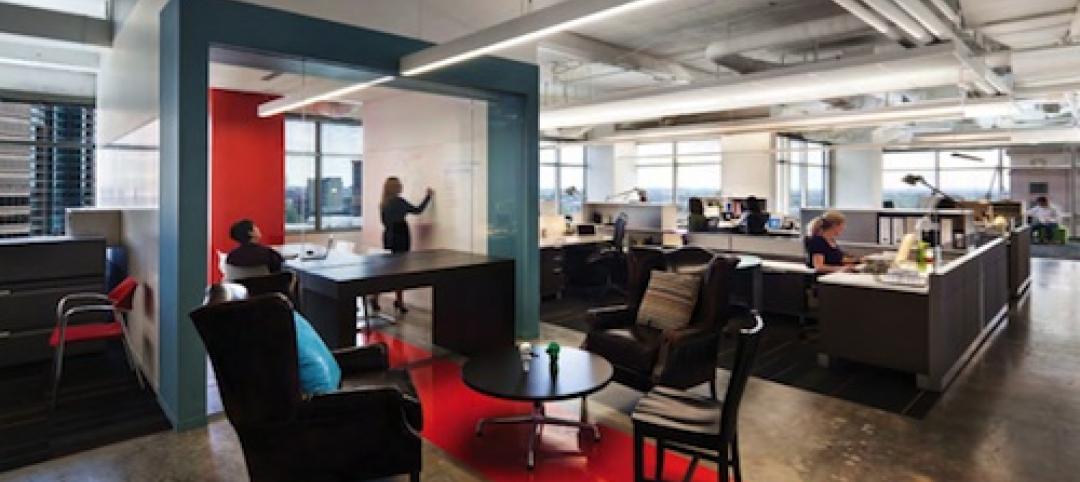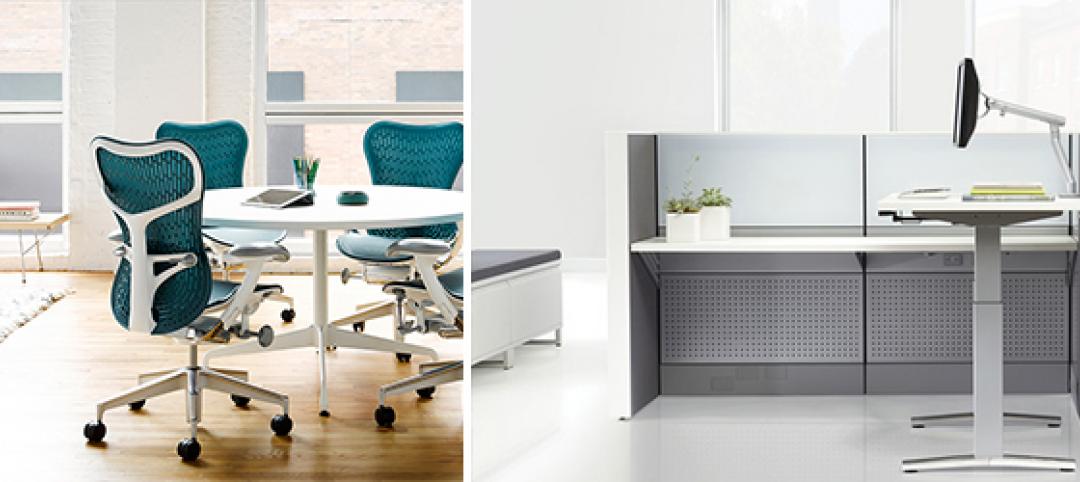The new Flight Training Center, designed by TAGO Architects for Turkish Airlines, will become the largest structure of its kind in Europe and the Middle East once completed. The 30,000-sm building will include 18 simulators and a variety of flight training departments for flight attendants, cabin, and flight training.
The building has been designed with the ability to be enlarged in the future depending on the needs of Turkish Airlines. The front of the building includes the training areas and a lounge while hangar sections and support units with a more technical function will be hidden at the rear of the building.
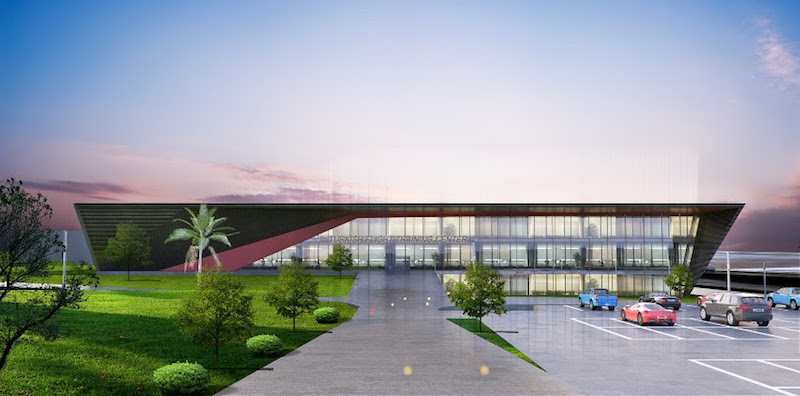 Rendering courtesy of TAGO Architects.
Rendering courtesy of TAGO Architects.
Through the use of perforated materials meant to resemble the wings of an aircraft and an amorphous, bottom-up design, the simulation center is meant to evoke the feeling of flight. Additionally, Turkish Airlines’ corporate identity is on display via the façade material and the colors in the transparent training units.
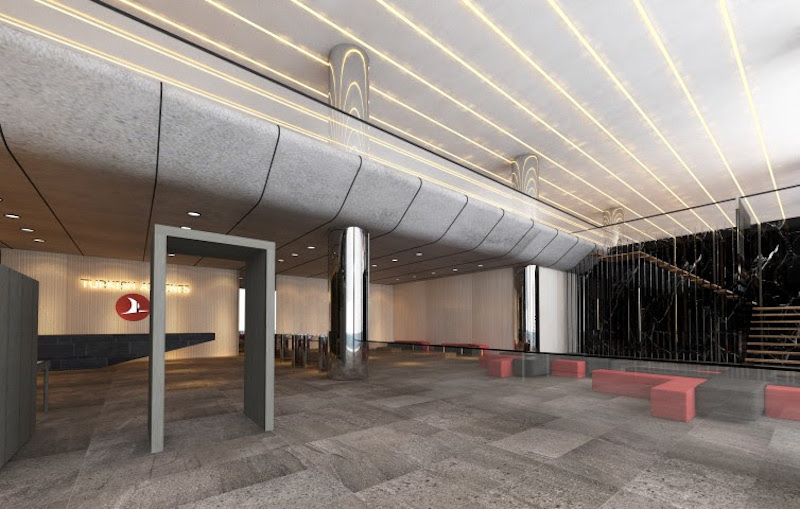 Rendering courtesy of TAGO Architects.
Rendering courtesy of TAGO Architects.
The building is located in a residential area and is expected to contribute to its economic development.
 Rendering courtesy of TAGO Architects.
Rendering courtesy of TAGO Architects.
Update
Work on the Turkish Flight Training Center has been completed. In addition to its importance as a training facility, Turkish Flight Training Center will also become an important educational tourism center in the area in the sense that it includes a great variety of flight training departments such as air hostess, cabin, and flight training centers. Below are photos of the completed project.
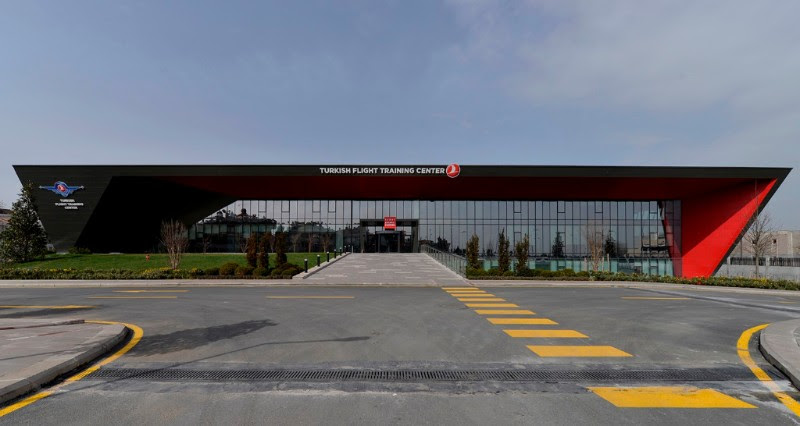
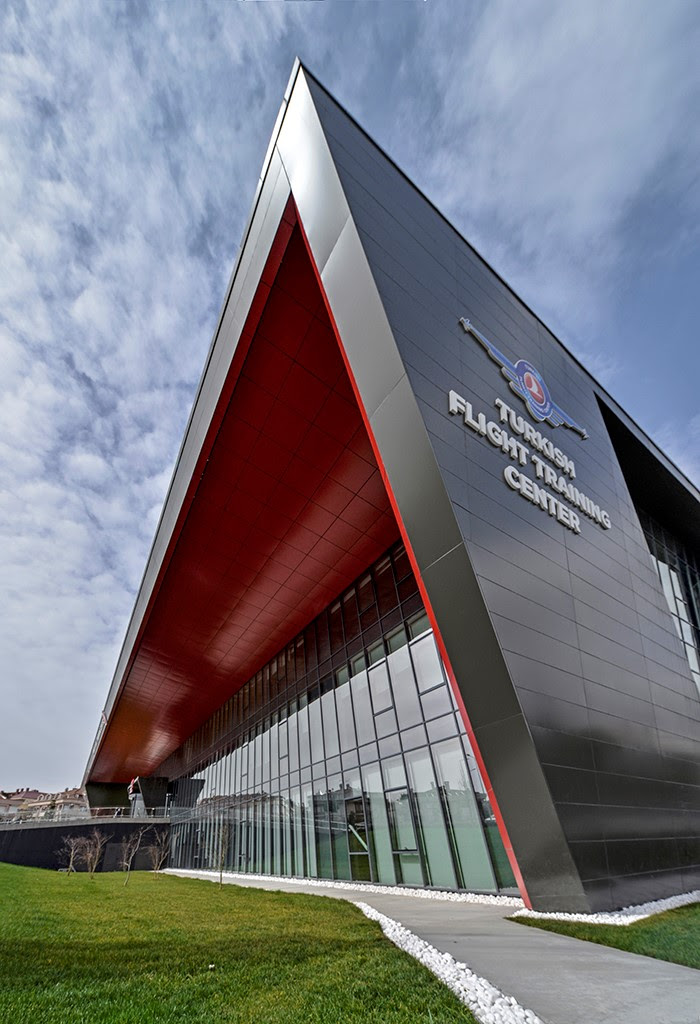
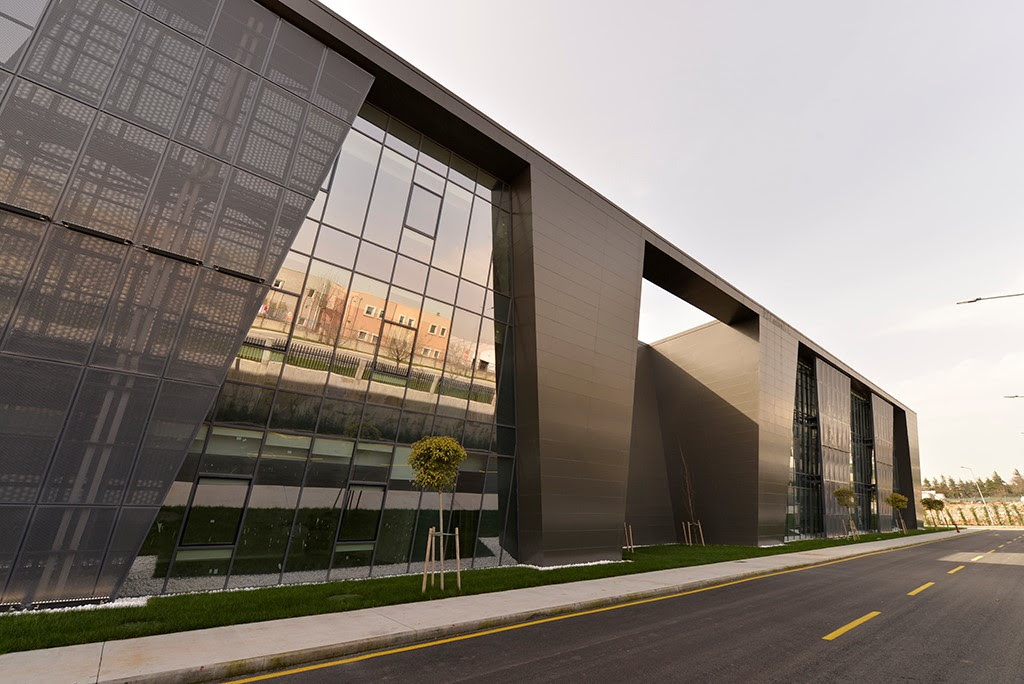
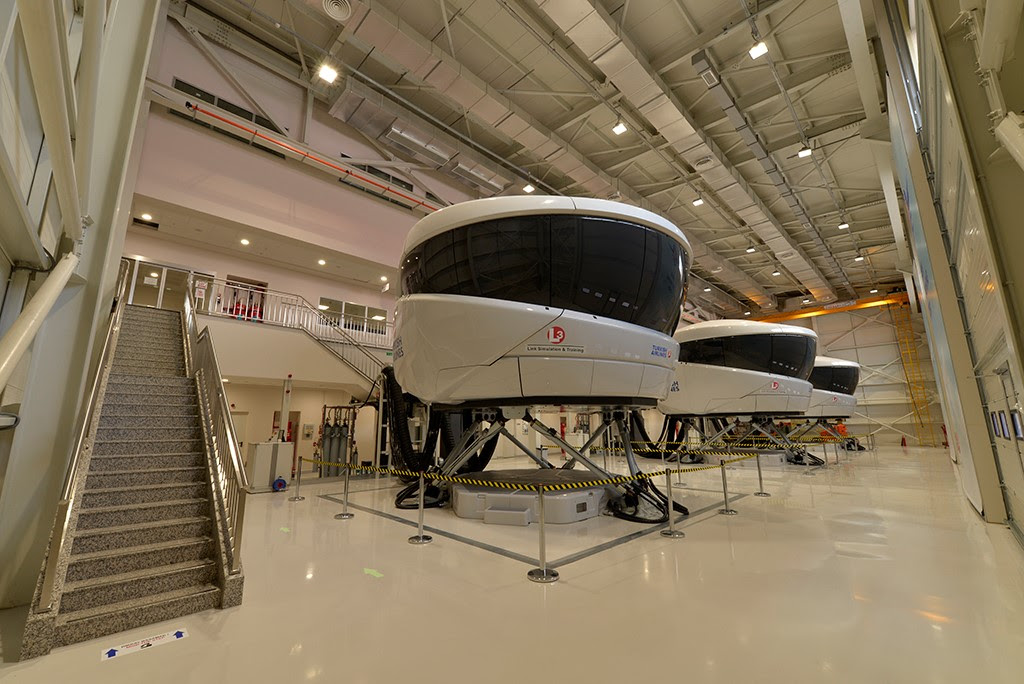
Related Stories
| Aug 13, 2013
DPR's Phoenix office, designed by SmithGroupJJR, affirmed as world's largest ILFI-certified net-zero facility
The new Phoenix Regional Office of DPR Construction, designed by SmithGroupJJR, has been officially certified as a Net Zero Energy Building by the International Living Future Institute (ILFI). It’s the largest building in the world to achieve Net Zero Energy Building Certification through the Institute to date.
| Aug 8, 2013
Stanley Hardware introduces Flexi-Felt for protecting floors
Stanley Hardware offers a solution to the frustrating problem of protecting your floors. The answer is Flexi-Felt®, an innovative product line that eliminates the aggravation of frequently replacing felt pads and leg tips that usually wear down or fall off, causing damage to expensive floors.
| Aug 8, 2013
New green property index could boost REIT investment in more sustainable properties
A project by the National Association of Real Estate Investment Trusts (NAREIT), the FTSE Group, and the U.S. Green Building Council to jointly develop a Green Property Index could help REITs attract some of the growing pool of socially responsible investment money slated for green investments.
| Aug 6, 2013
CoreNet: Office space per worker shrinks to 150 sf
The average amount of space per office worker globally has dropped to 150 square feet or less, from 225 square feet in 2010, according to a recent global survey conducted by CoreNet Global.
| Aug 6, 2013
Australia’s first net zero office building features distinctive pixelated façade
Australia's first carbon neutral office building, featuring a distinctive pixelated façade, recently opened in Melbourne.
| Jul 30, 2013
In support of workplace chatter
As the designers of collaborative work environments, architects and engineers understand how open, transparent spaces can cultivate the casual interaction and knowledge sharing that sparks innovation. Now a new study reveals another potential benefit of open workplaces: social interaction that supports happier employees.
| Jul 29, 2013
2013 Giants 300 Report
The editors of Building Design+Construction magazine present the findings of the annual Giants 300 Report, which ranks the leading firms in the AEC industry.
| Jul 25, 2013
3 office design strategies for creating happy, productive workers
Office spaces that promote focus, balance, and choice are the ones that will improve employee experience, enhance performance, and drive innovation, according to Gensler's 2013 U.S. Workplace Survey.
| Jul 25, 2013
How can I help you?: The evolution of call center design
Call centers typically bring to mind an image of crowded rows of stressed-out employees who are usually receiving calls from people with a problem or placing calls to people that aren’t thrilled to hear from them. But the nature of the business is changing; telemarketing isn’t what it used to be.
| Jul 23, 2013
Tell us how you're reimagining the medical office building
"Obamacare" implementation will add thousands of people to the ranks of the insured, including many who formerly sought primary care in emergency rooms. Now, these patients will have coverage that allows them to more easily access the typical treatment channels—and that means greater demand for services provided in medical office buildings.




